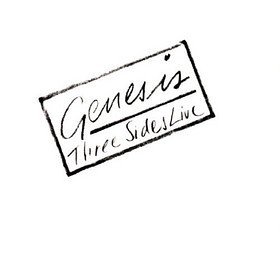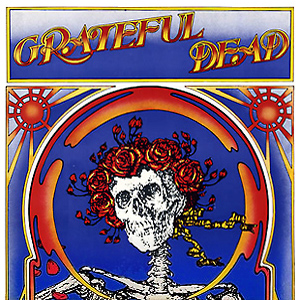Most of the set relies on recent albums, replicating some of the more popular tracks from Abacab and Duke. “Behind The Lines” melds into “Duchess” as expected, complete with drum machine. “Turn It On Again” and “Misunderstanding” are transformed into peppier arrangements, while “Abacab” is extended to a full ending. While it may not have been familiar to new fans, the “In The Cage” medley on side three is a highlight, incorporating parts of “The Cinema Show” and the “Slippermen” sequence from The Lamb Lies Down On Broadway, slowing just enough down to turn into “Afterglow”. (Remember, unlike his bandmates, Tony Banks was the only guy onstage playing his particular instruments.)
Even being their third such compilation, Three Sides Live only made sense as a title in America and a handful of other countries that did indeed include studio tracks on side four of the LP. “Paperlate” is punchy horn-driven Collins pop, right along the lines of “No Reply At All” and arguably superior, though “You Might Recall” is less successful and borderline cheesy. Then there’s “Me And Virgil”, a trouble-on-the-farm song that pales in comparison to “The Roof Is Leaking”. (All three were originally released as a British EP called 3x3, with wonderfully Beatlesque packaging, and even liner notes by Tony Barrow!) “Evidence Of Autumn” and “Open Door” were both slow and pretty B-sides from the Duke sessions; the former takes time to build but has a gorgeous verse, the latter not as gorgeous but still nice.
Since the album was standardized worldwide, those songs disappeared from the CD reissues, though they have appeared on the occasional box set. In their place, as it was in the UK and elsewhere, are three further live tracks from earlier tours. “One For The Vine” is drearier onstage, but Phil does a nice job singing “Fountain Of Salmacis”. A medley of “It” finding its way to the non-vocal parts of “Watcher Of The Skies” comes from 1976, when Steve Hackett was still in the band and Bill Bruford was on drums.
Genesis Three Sides Live (1982)—3


.jpg)




